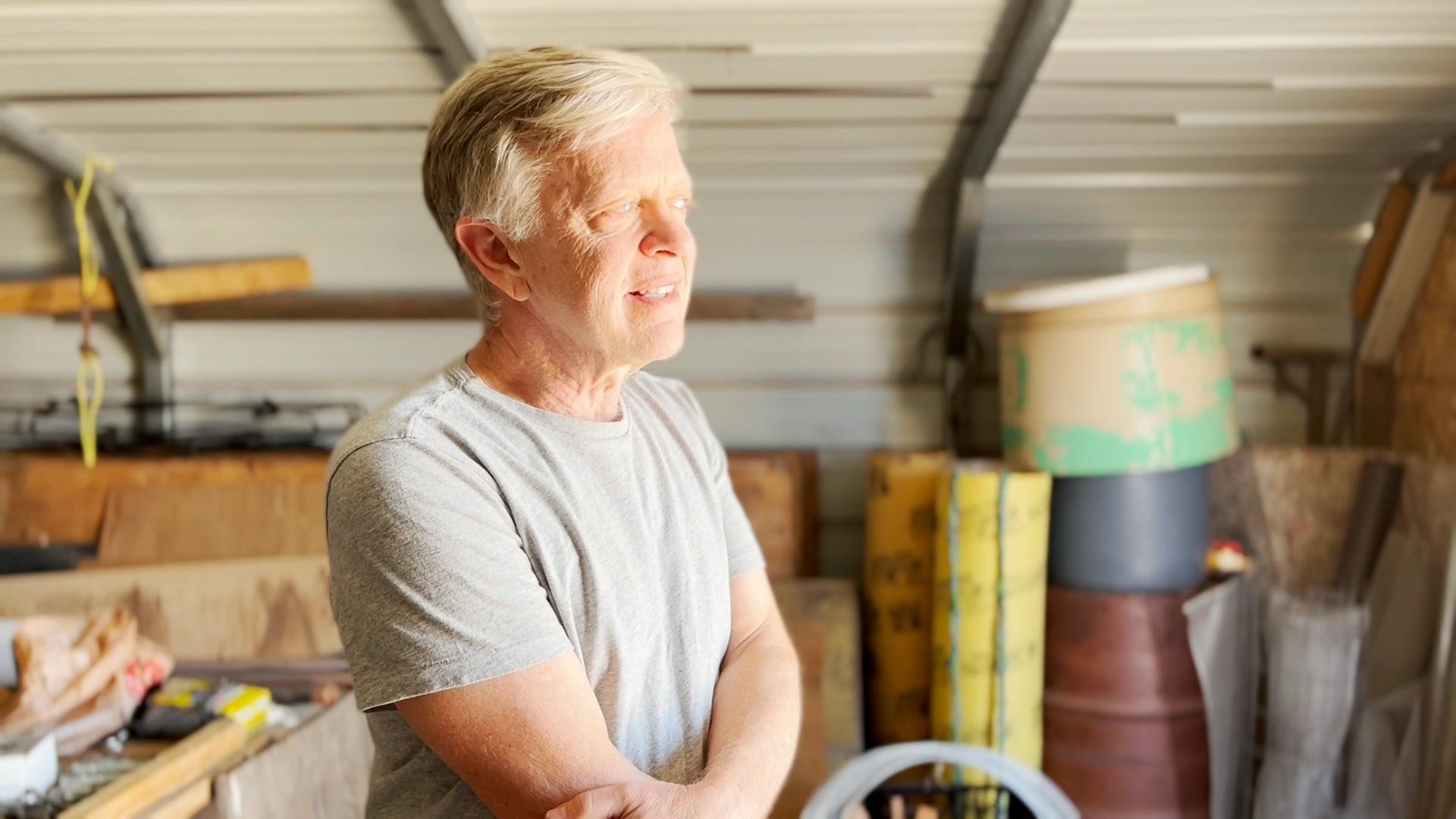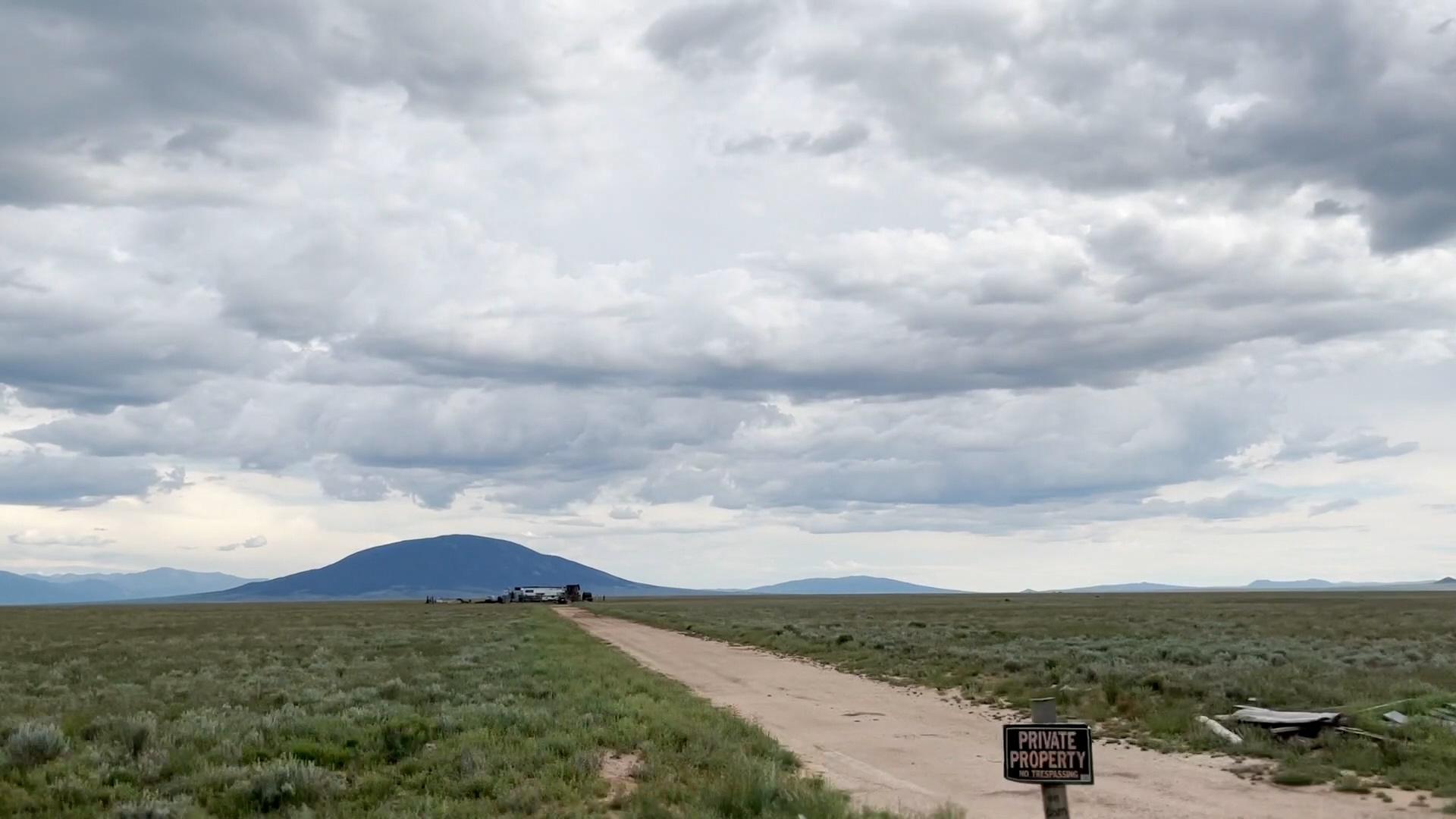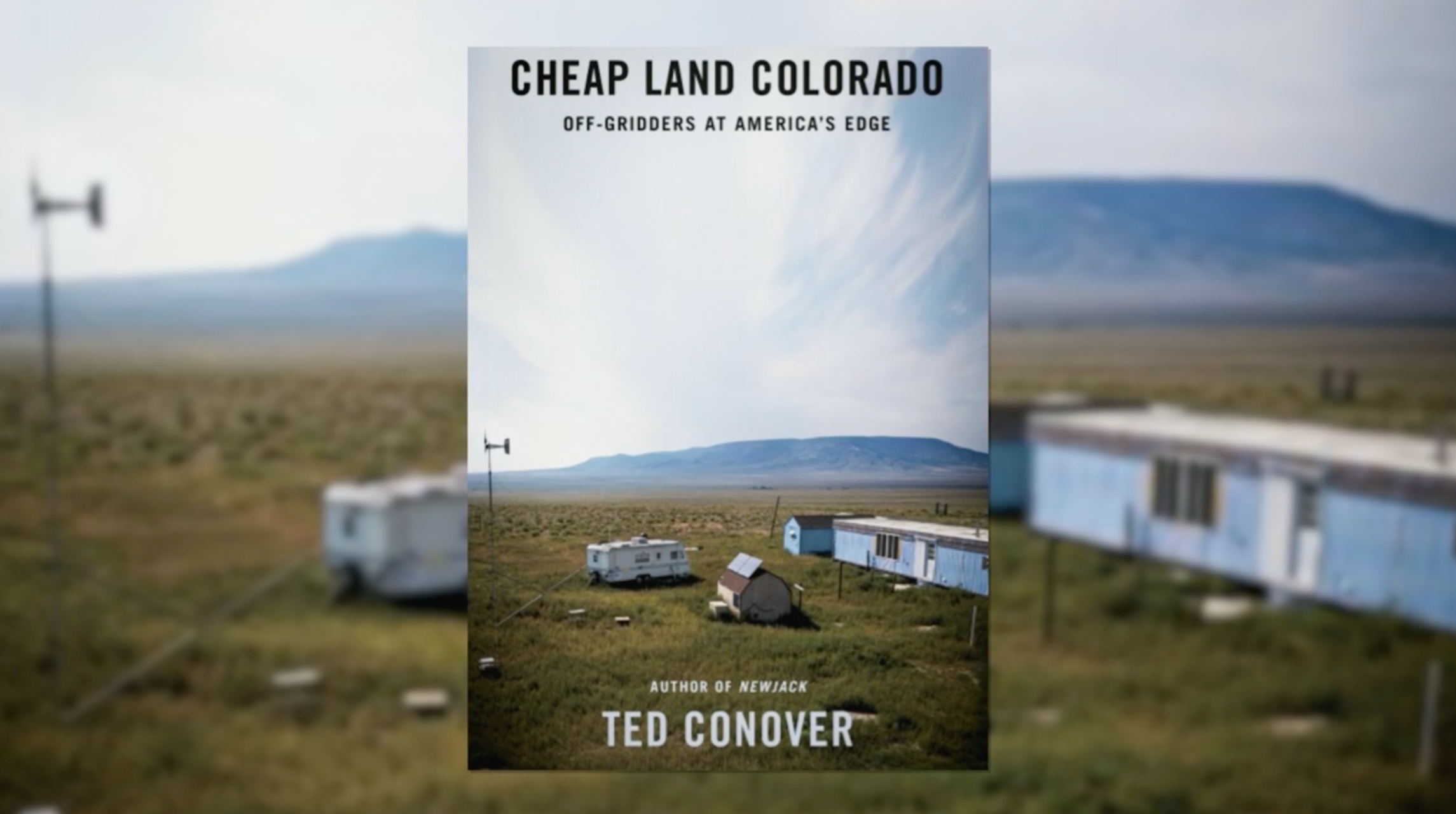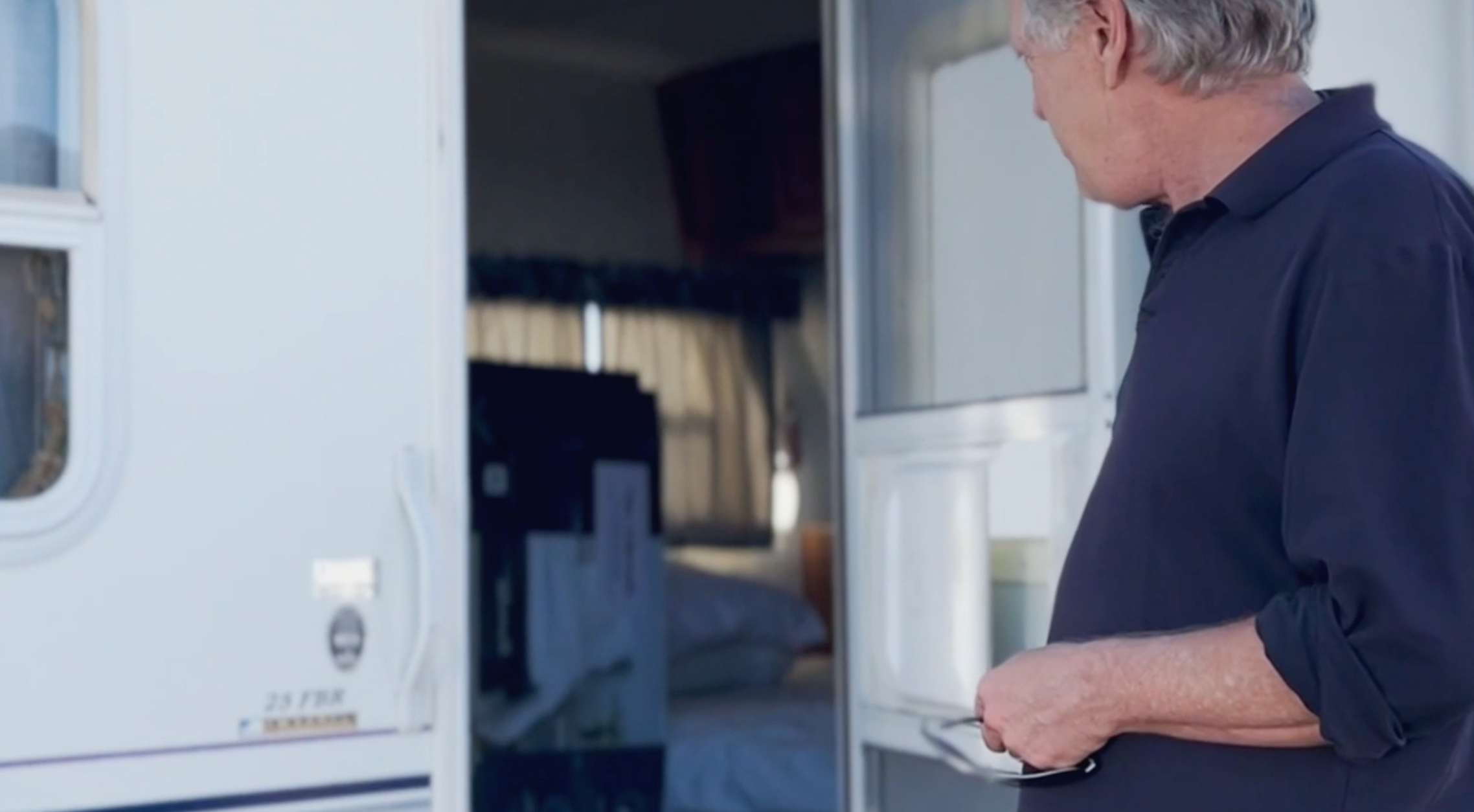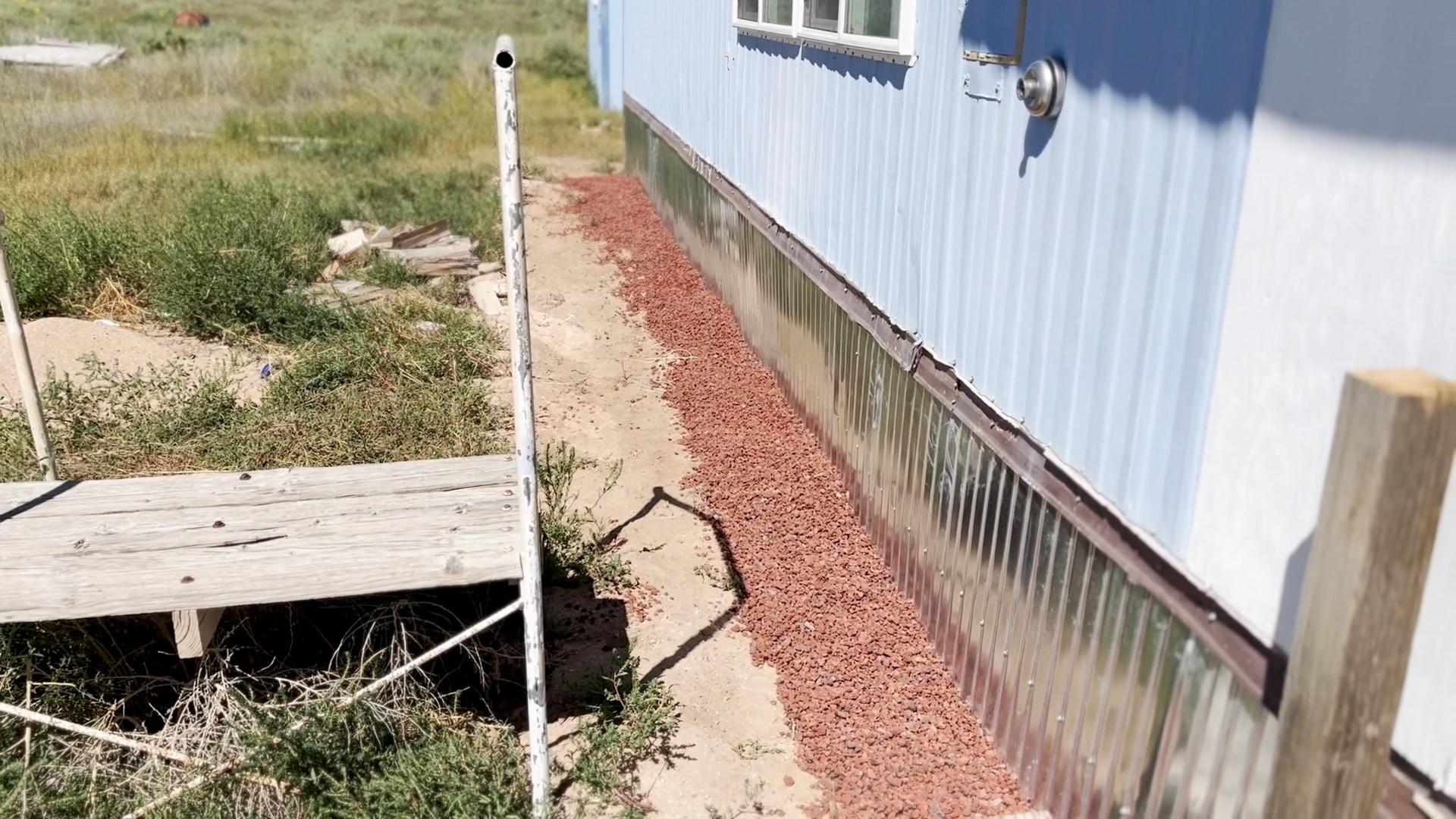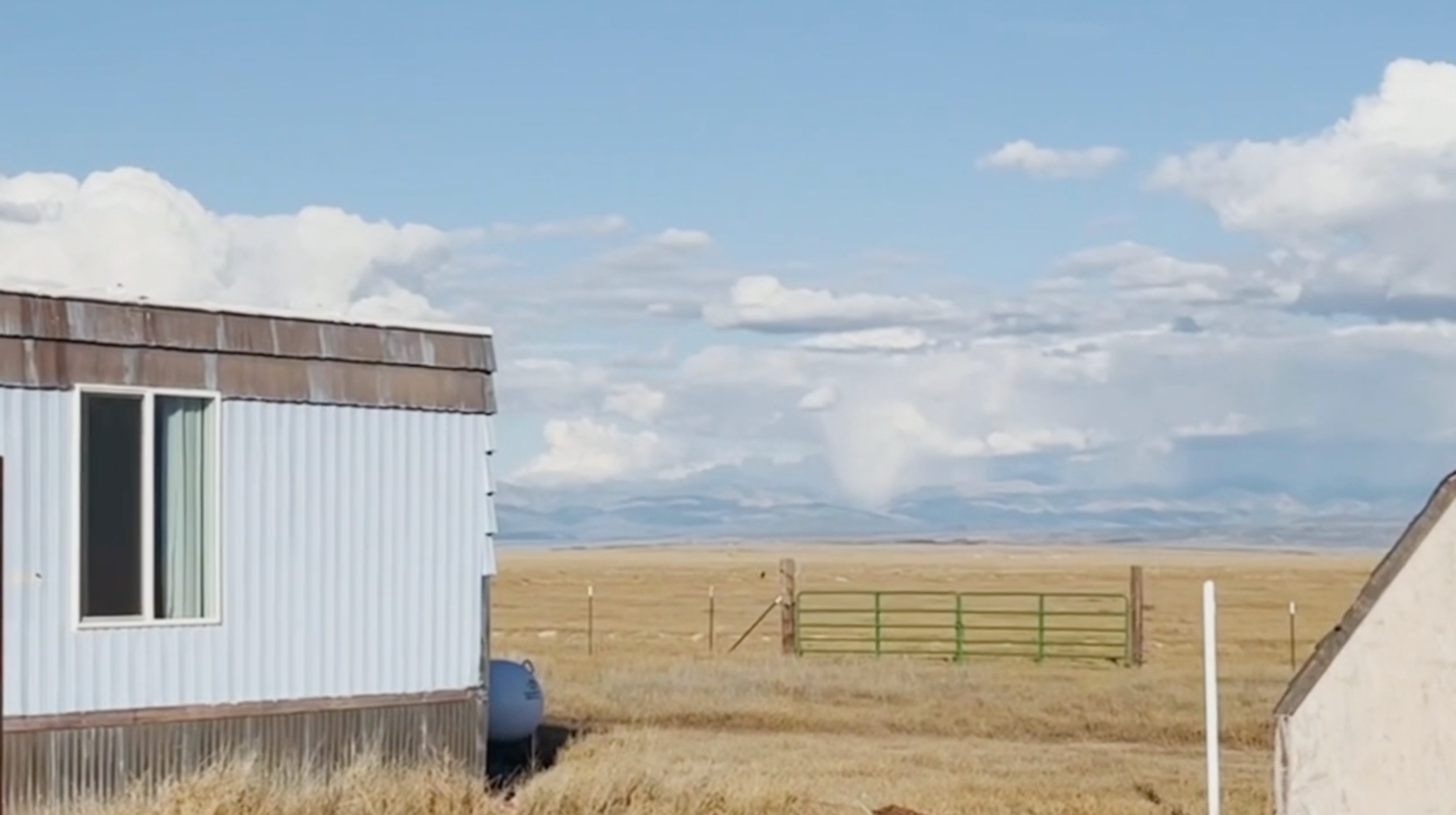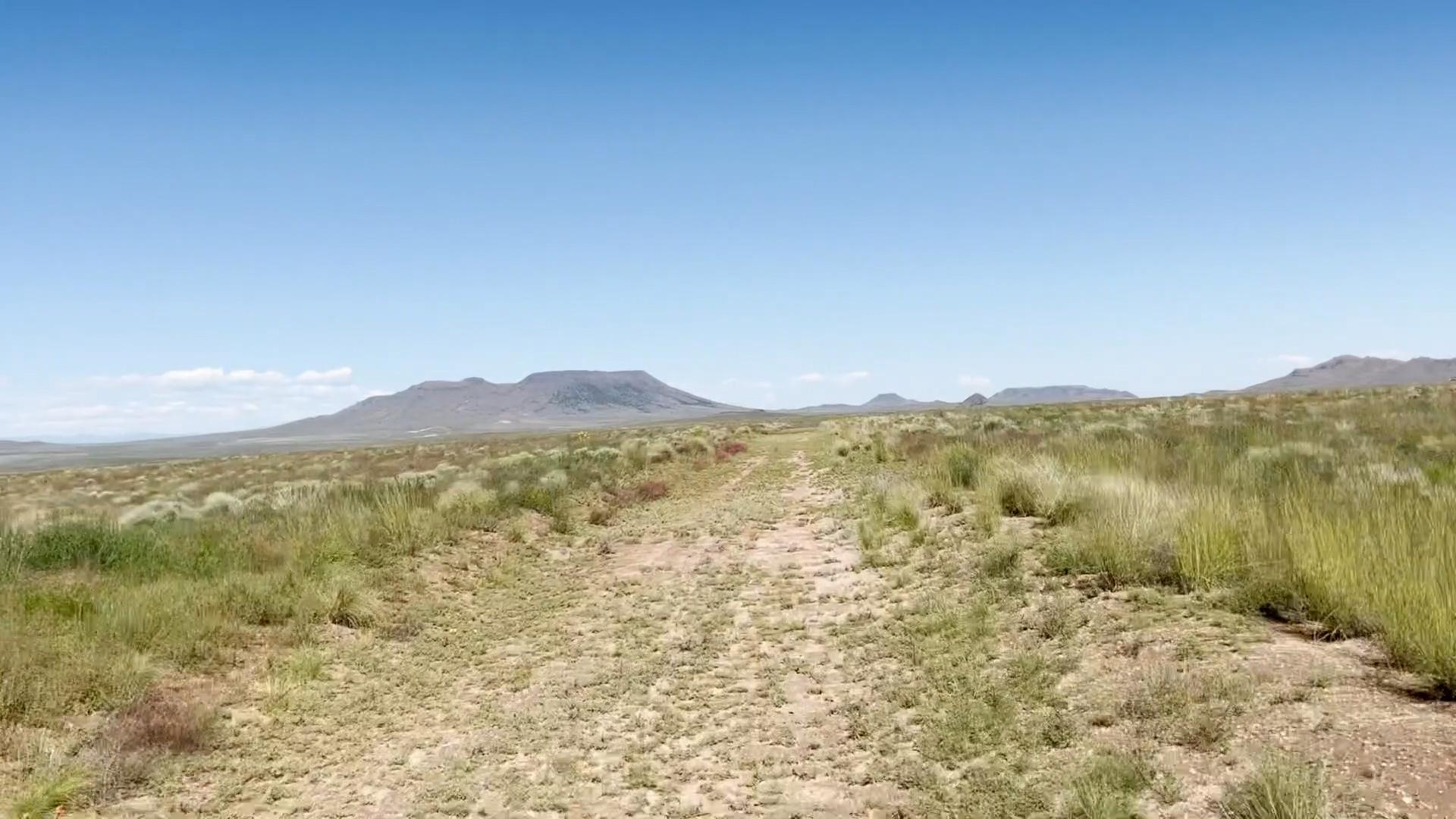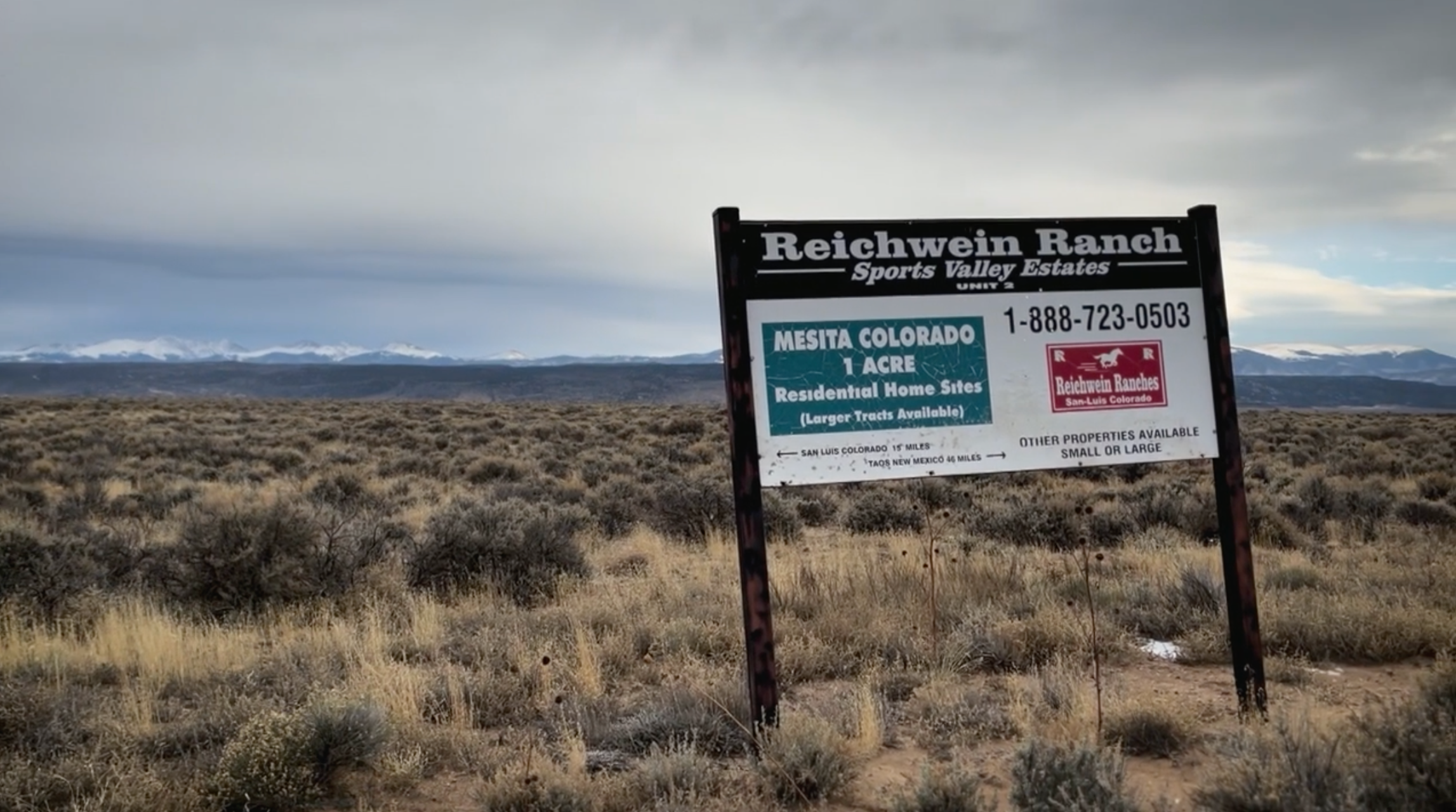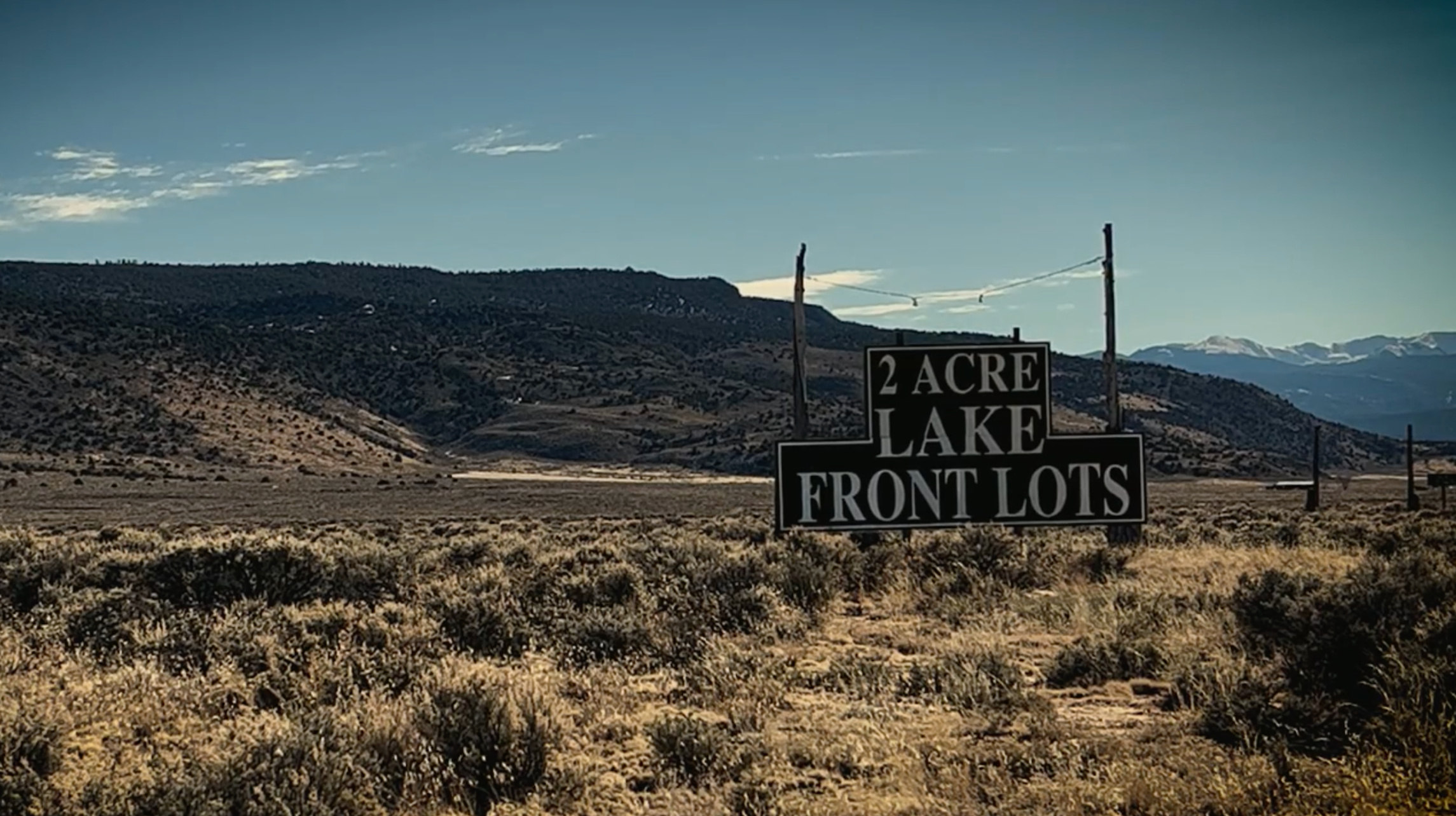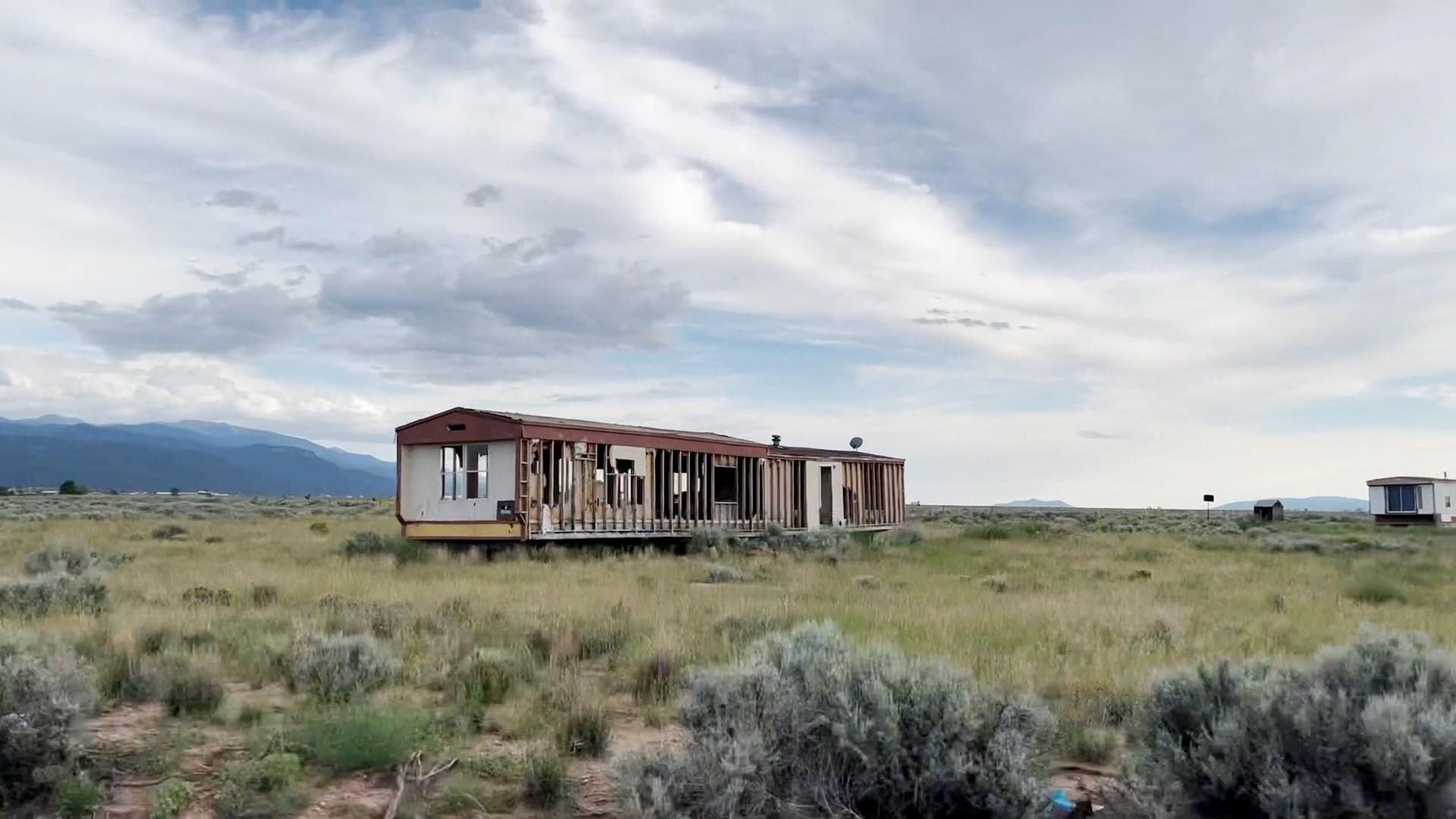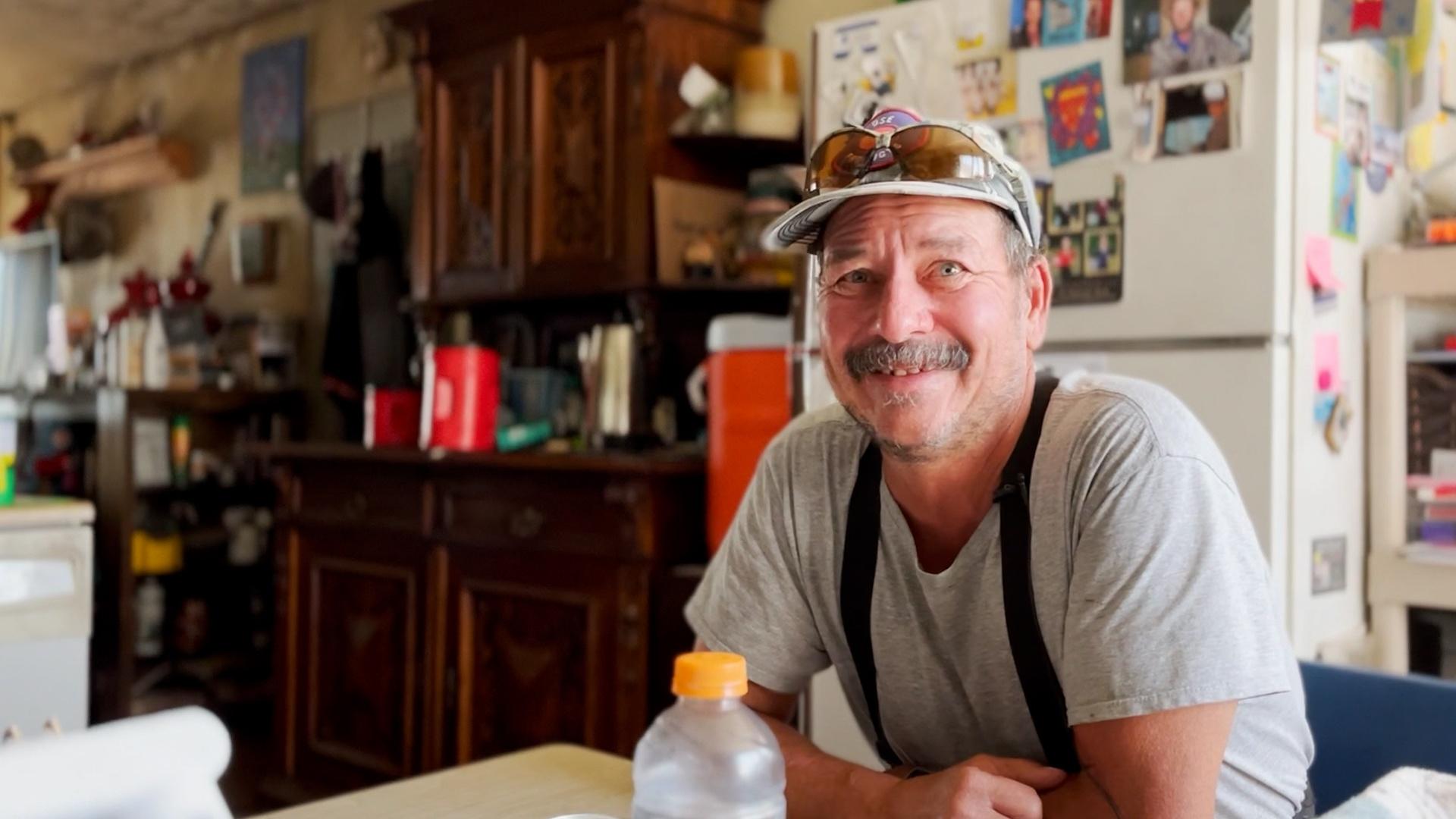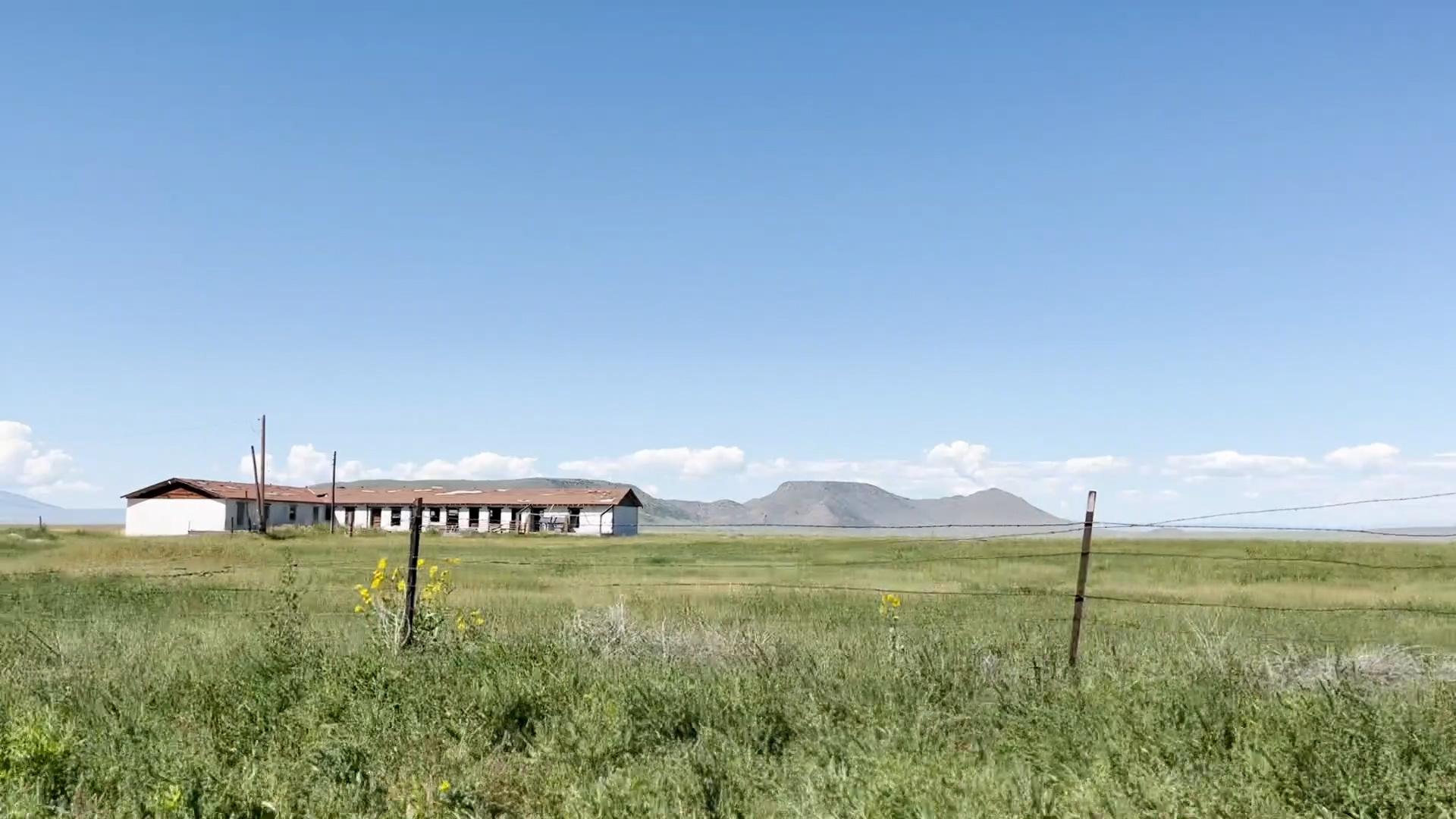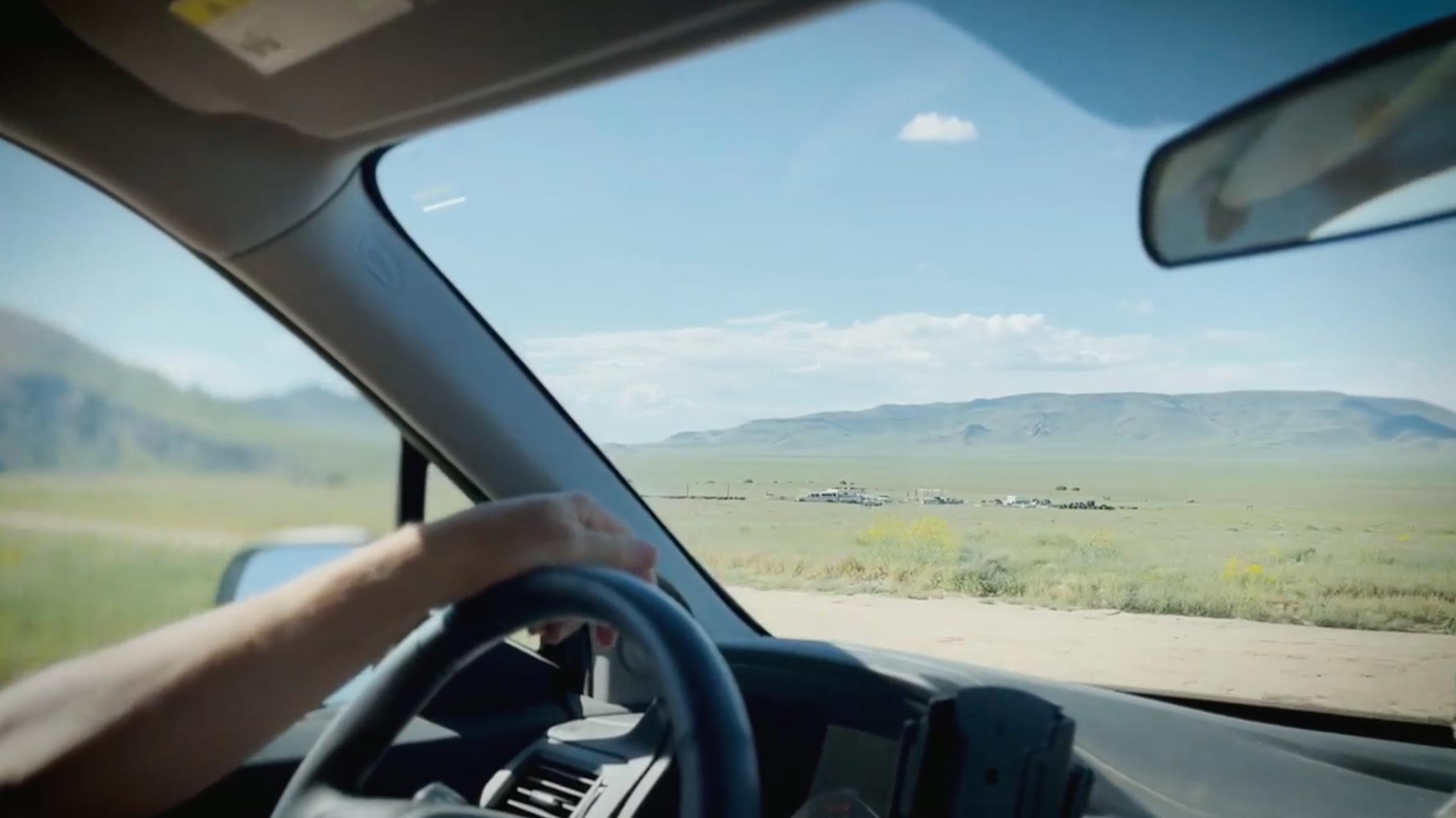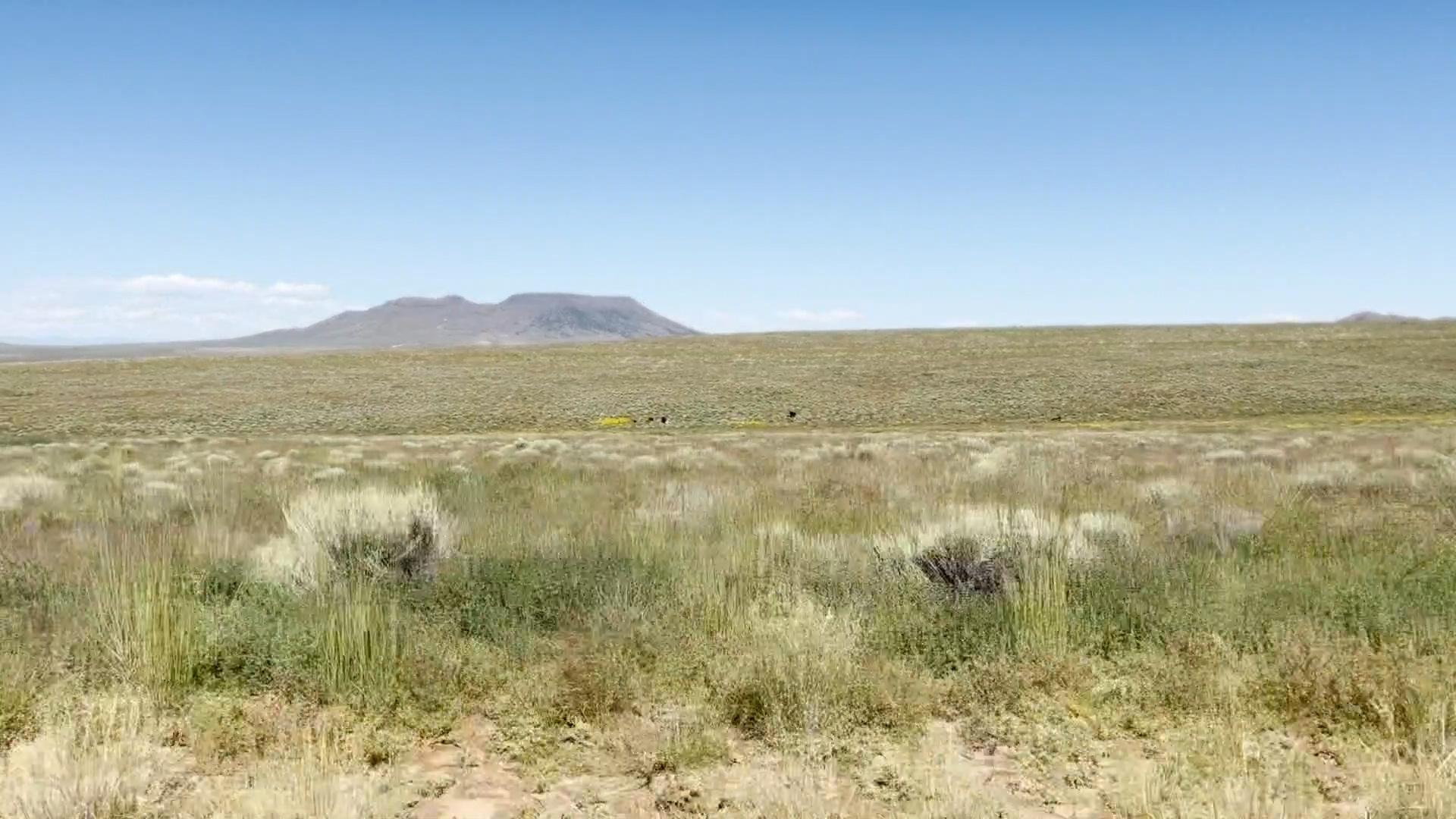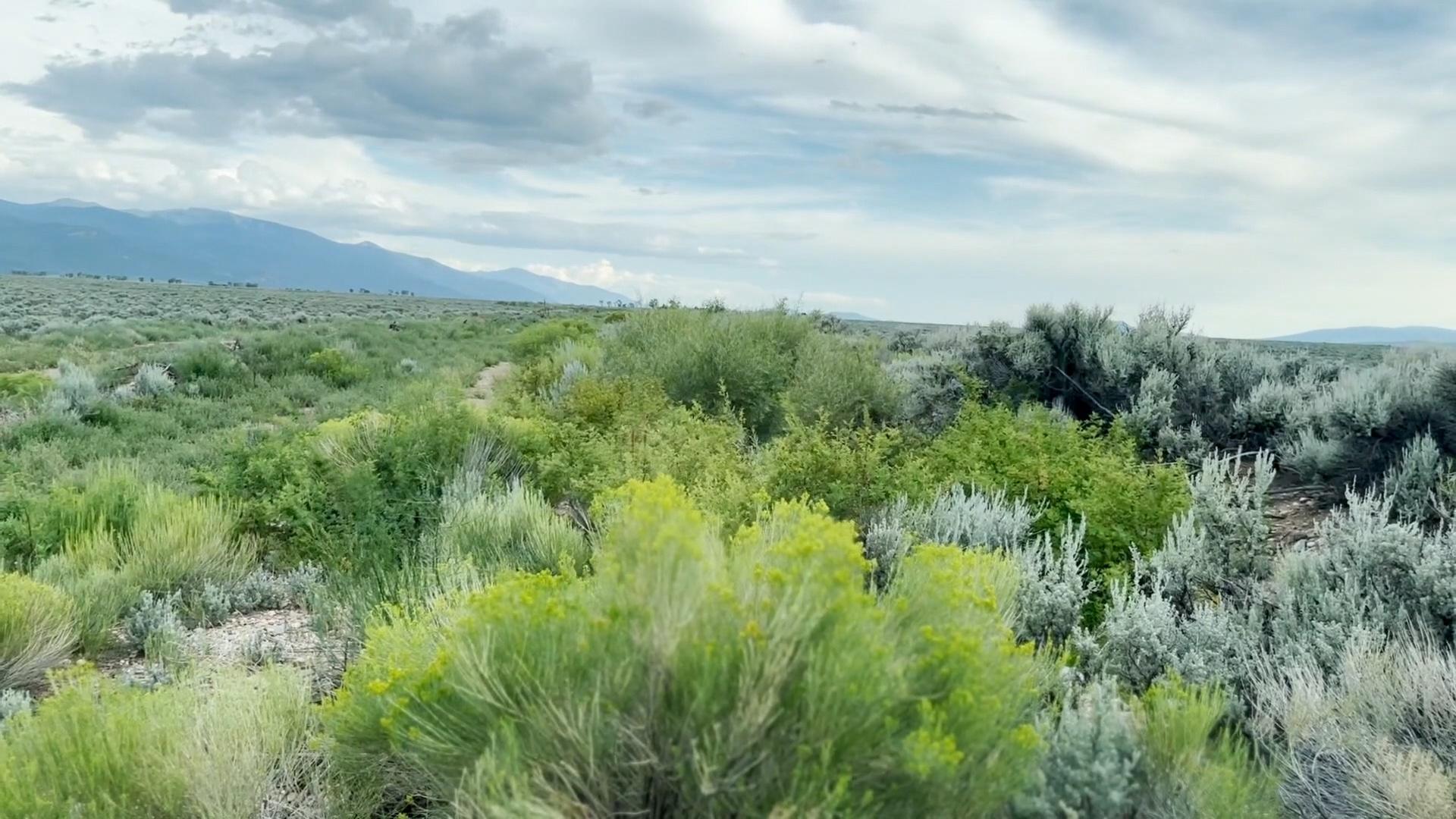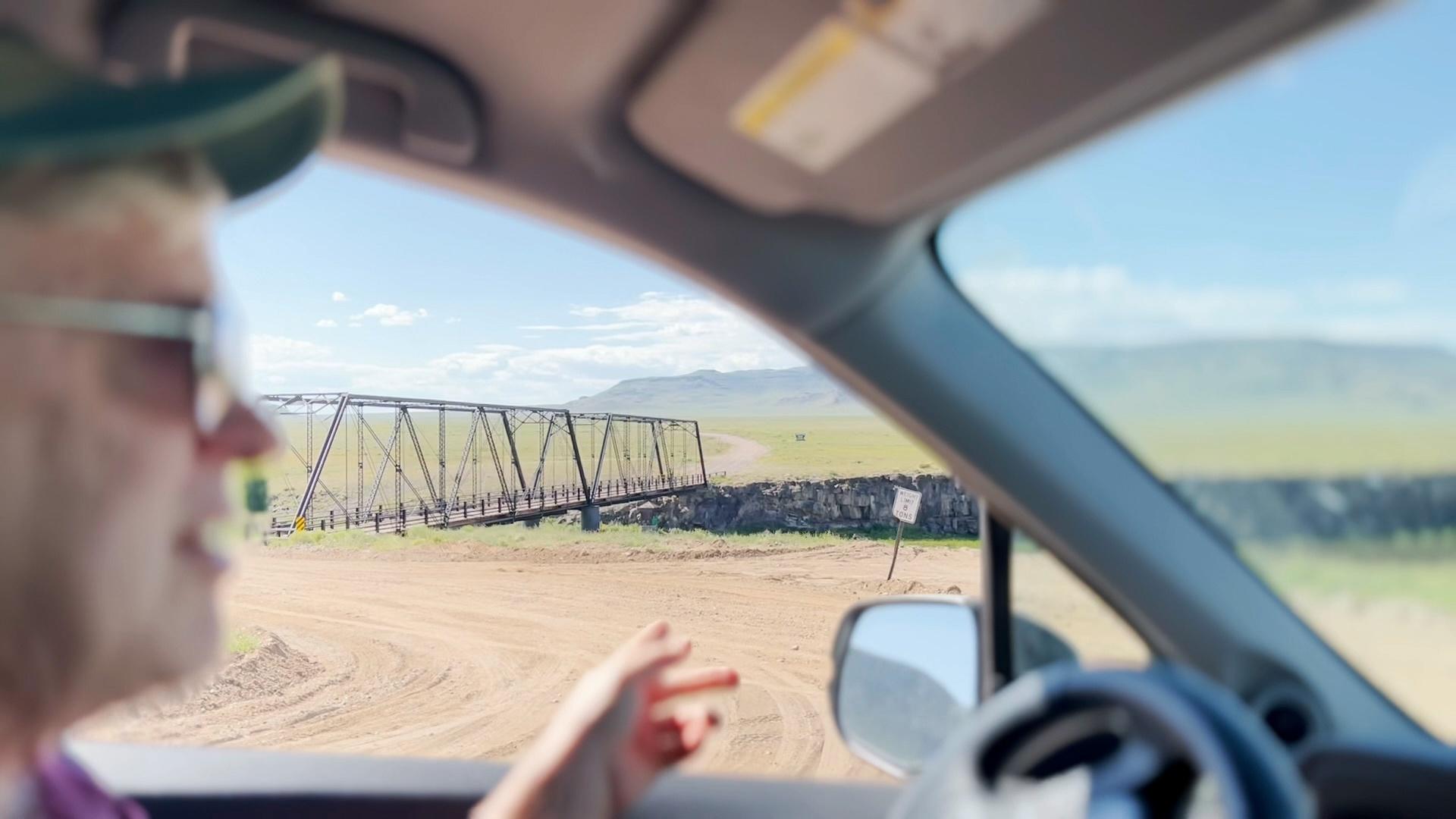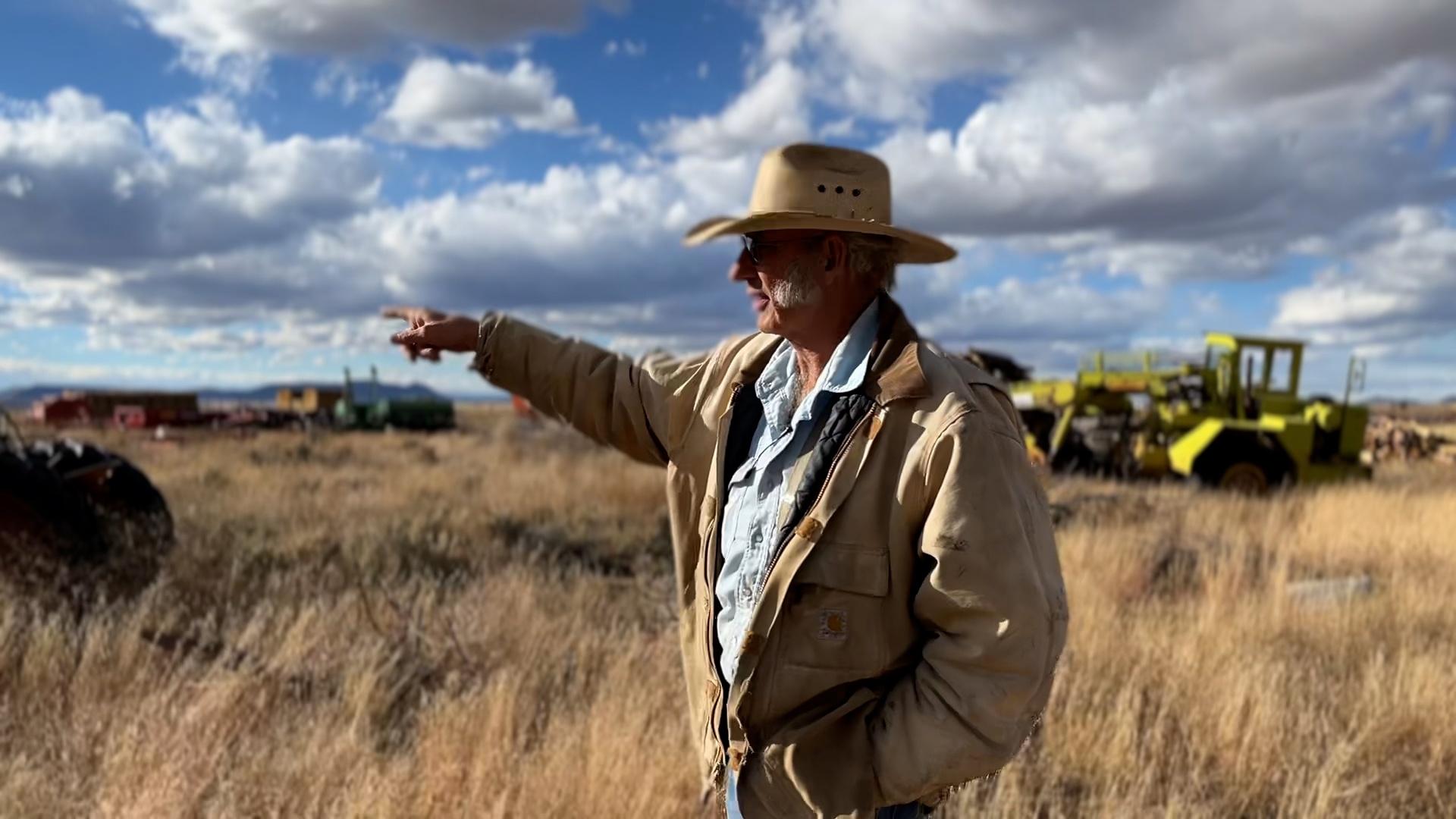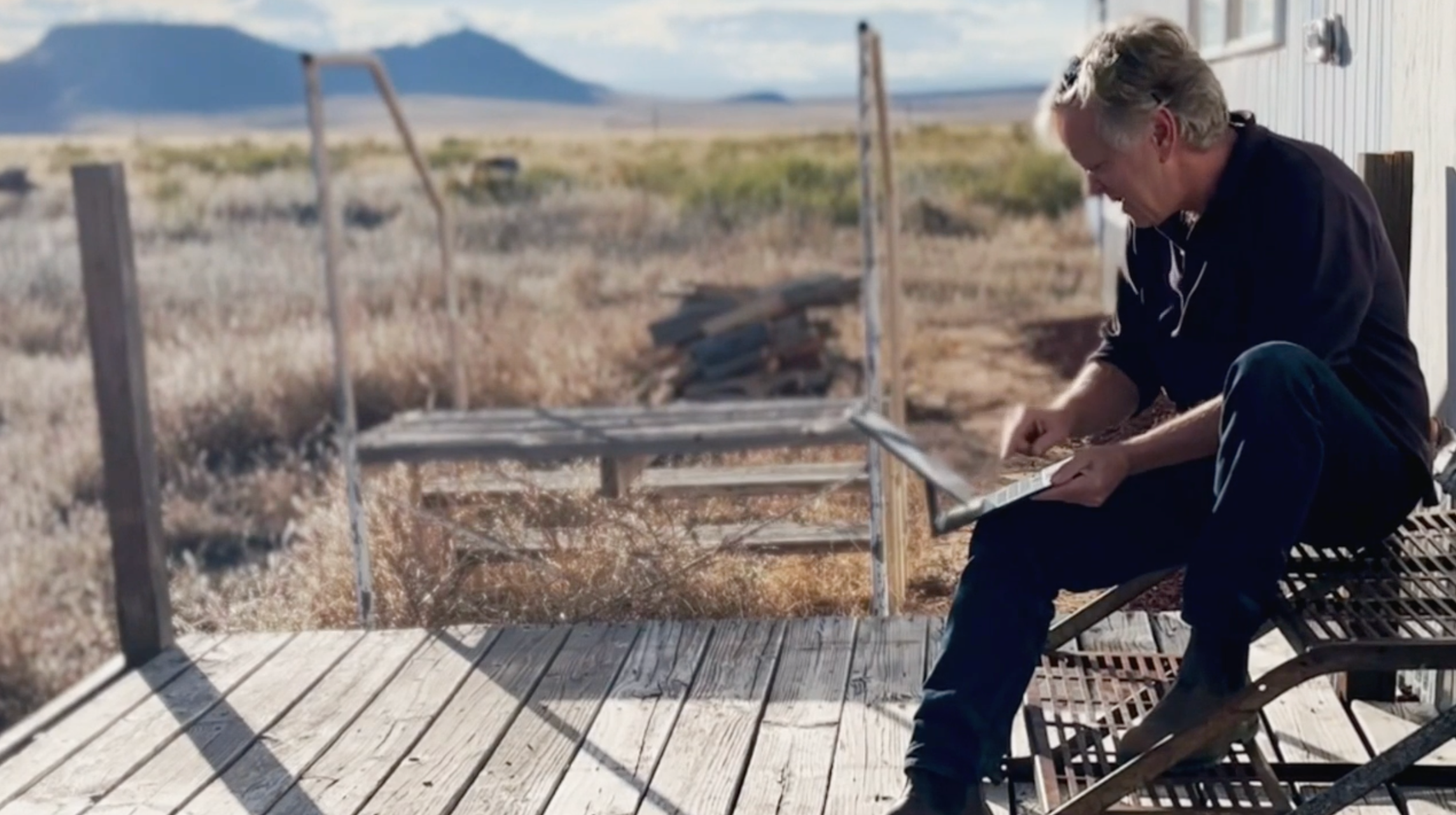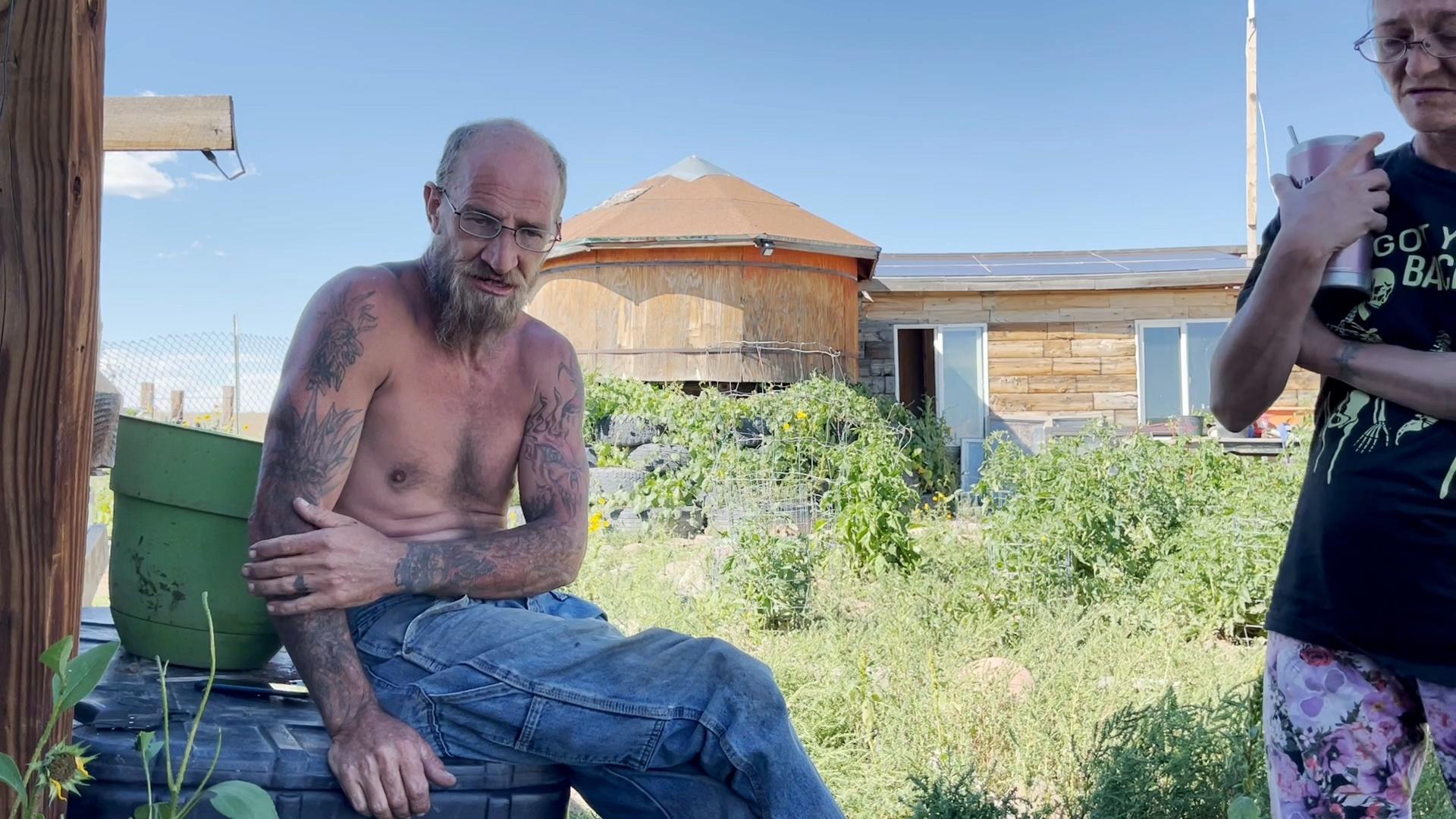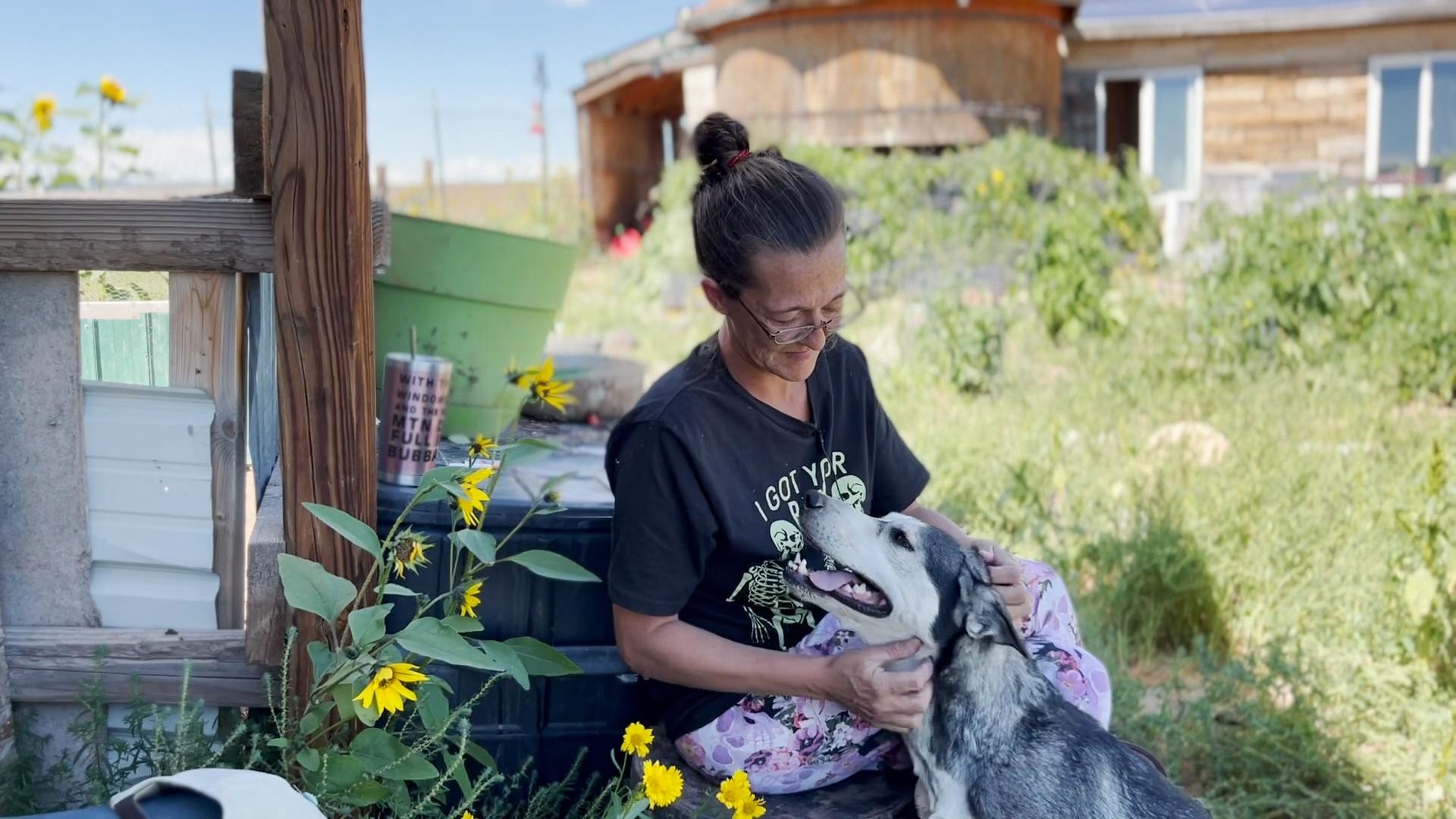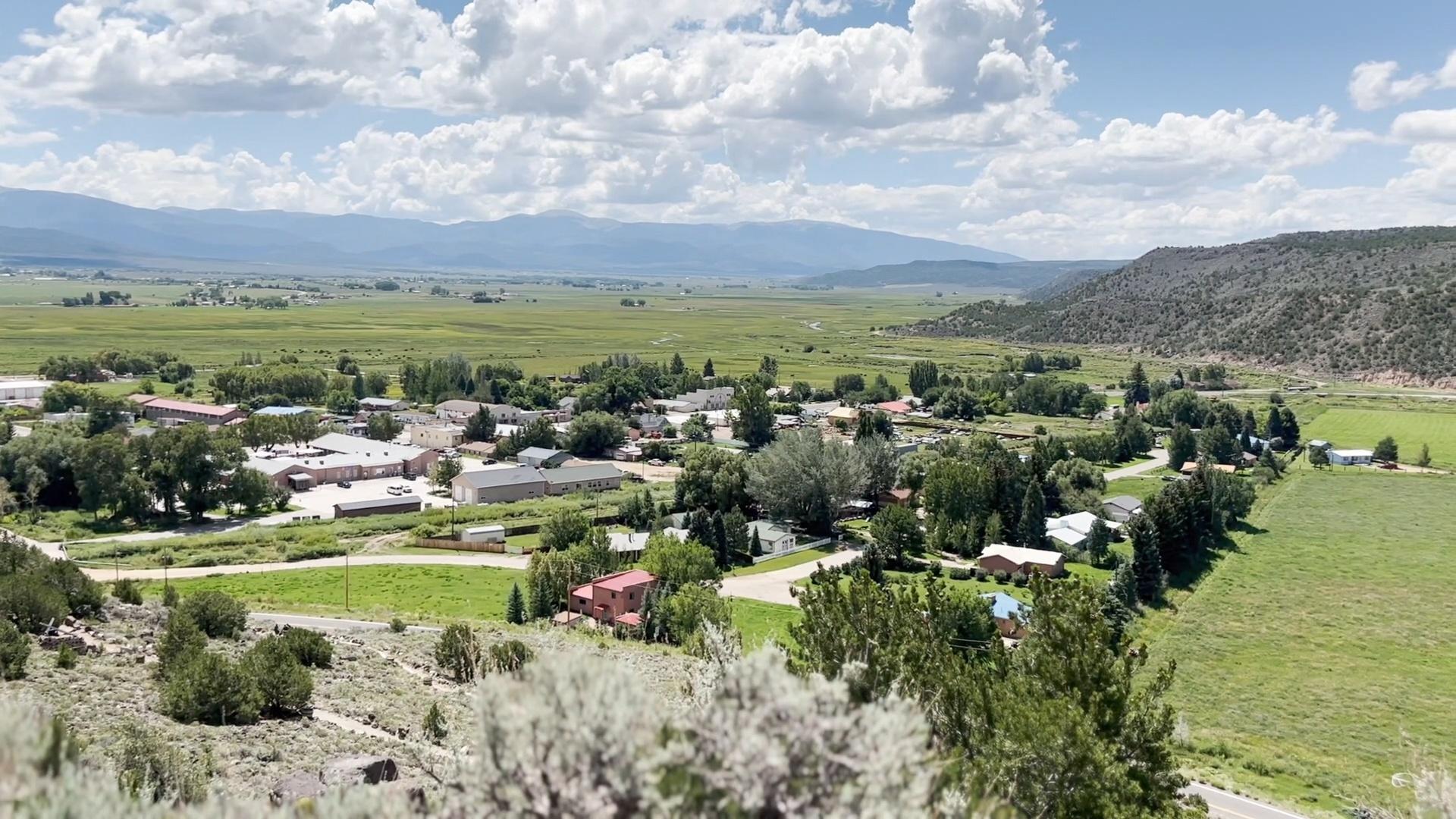“In the 1970s, you could come out here and reasonably imagine that this was all going to become a subdivision — a community of some kind,” Conover said. “And now in the 2020s, you can see if that's going to happen, it’s not going to be for a long time. There’s a dystopian aspect to this area that we're on, with roads that were built so that a realtor could sell a little five-acre plots of land, and that and so that the county could start collecting taxes on that land.”
With gravel roaring beneath his truck tires, Conover motions to either side of the overgrown road. “Indeed, the Federal Trade Commission came after the people who subdivided this land and made them offer refunds to anyone who wanted one,” Conover said.
When people leave the area, their homes are often taken down “a piece at a time,” Zinn said. Remnants of failed attempts to live here are left behind in the form of abandoned trailers, lopsided fences, and building debris. The local free press shows page after page of lots for sale for taxes. Half a dozen local real estate companies sell one to five-acre plots of land — though other real estate companies advise against it and refuse to engage.
“Some of these places have been here a long time, which you know by the trees,” Conover said, pointing across the sparsely dotted land. Since wells drilled by residents are meant only for domestic use — not lawns or gardens — trees are few and far between and take years to establish. Some residents forego a well, choosing to draw water from other sources or to purchase 500 gallons at a time from a town or traveling tank service.
For most people, including those with plans to grow marijuana when it was legalized in 2012, “it wasn't quite as easy as they thought it was going to be,” Zinn said. “A lot of them packed up and moved on elsewhere.”
“You still find some people who have a more romantic idea of being here and living,” Conover said, but he’s noticed that mentality usually only lasts a year or two.
Driving to visit his friends, the Grubers, who hosted Conover on their land as he drafted his book, he missed a turn and winded up buried deep in the crevices of the valley floor.
“You might wonder if this is even a road,” Conover said as his truck tumbled across the prairie. “Some of them get giant ant hills. Some of them get prairie dog colonies in the middle, and you'll see little heads popping up as you drive down. Rains wash out the roads all the time, and they get in really terrible shape. ”
“You have to look for very subtle signs,” he acknowledged, peering into his phone. Rain had replenished the burned-up grasses, following weeks of weeks of hot, dry winds and scorching days. Yellow flowers dotted the prairie, making the terrain even more difficult to decipher. A gravel road, created years ago, stood wildly overgrown with flowers.
Conover, unable to recover GPS directions, peered forward into the distance to determine a route.
“On the left is the Gruber's first homestead out here,” he said, pointing to the land where he once stationed his trailer. “And to the right of that, is the RV that they lived in before they bought the mobile home."
Before that, the family had lived in a trailer, and before that, when they’d first arrived, they had lived in a tent, he said.



